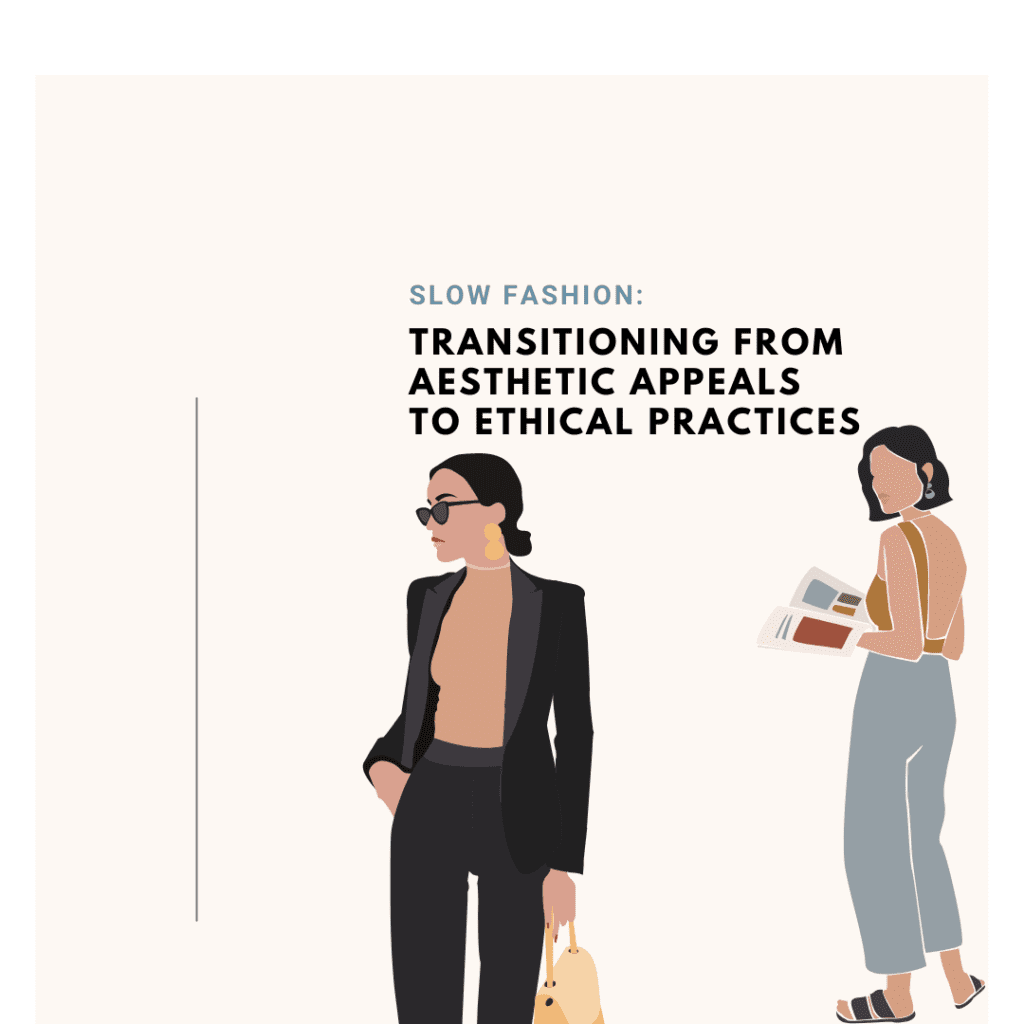The fast fashion industry plays a huge role in our lives. While apparel is a basic need for humans, it often comes at a high cost. Environmental damage and poor working conditions are just the tip of the iceberg in the textile industry. While the appeal to purchase a new item every week as the trends change frequently is tempting for many fashion enthusiasts, it can significantly impact those working behind the scenes in the fashion industry.
While the fast fashion industry now functions on up to fifty-two seasons per year, this was not always the case. In fact, up until the early 20th century, wardrobe choices were limited, even to the elite. As the post-war economy grew, so did the inclination towards certain things, forcing many retailers to outsource their materials and clothing items. With the advancement of technology and the ease of travel later in the century, outsourcing became a more convenient source for major corporations.
Fast fashion is a term assigned to large fashion companies such as H&M, Zara, and Urban Outfitters, who quickly produce trendy pieces and oftentimes of poor quality.
Fast fashion is deemed “fast” due to its quick response techniques which means little time is needed from production to distribution and can come at a high price for those working in the factories overseas. This technique is made possible through enhanced design techniques. This means that the fashion giants are constantly up to date with the latest trends – taking inspiration from runway shows to create affordable clothing at a fraction of a price.
The message often portrayed in their ad campaigns makes fast fashion brands appealing, promising a sudden life-change of eternal happiness. However, while the appeal of fast fashion can bring any fashion enthusiast to their knees with affordable pricing and a decorative window, it has a lasting impact on the long-term health of this planet.
While the cute bag you saw at Zara may have your name written all over it, it’s important to consider whether it’s a want or a need. Up until the mid-twentieth century, trendy pieces were limited to the wealthy due to higher pricing. However, fast fashion allows people of all social classes to afford similar items for a much lower price. This can sometimes devalue the item and even render it disposable. This is why many of these items end up in thrift stores all over the country, eventually ending up in landfills halfway across the planet. This is a global issue that we can avoid by practicing slow fashion.
While creating a lifestyle that centres around materialism is effortless in our capitalistic society, owning many items, be it luxury or otherwise, creates an often boastful – yet shallow image. While also implying that one has accumulated a certain amount of wealth to afford such luxuries, it takes away from experiencing meaningful moments and chases the next best item life has to offer. Although these may be “goals” for some, they can leave one feeling a need for more!
While fast fashion encourages materialism and consumerist values, the opposite is true for slow fashion. Unlike fast fashion, slow fashion encourages a lifestyle based on ethical practices for a sustainable future. While not wholly discouraging material items, it instead asks the consumer to avoid buying too much and to work towards having an ethical lifestyle.
An ethical consumer controls and limits their spending habits and is mindful of their purchases, understanding that it will have a lasting impact, not only on themselves but on the world around them. This is why the slow fashion movement encourages decluttering your life and working towards a lifestyle that promotes intentional consumerism. Becoming aware of your effect on the planet as an individual can have a positive impact. Conscious consumption can change your life as an individual and those in your community, be it on a local or global scale.
Living a slow life is possible. Though it may be difficult, it is certainly possible. With movements such as “cottagecore” and “forestcore” on the rise in the contemporary world, living a simple life has become trendy. Despite the rise of new movements, in a society that focuses on seeking material possessions, it is possible to work towards living slowly by reducing trips to the mall or any activity that encourages purchasing material possessions.
The simple way to begin your journey is to sort through your closet, categorize what you wish to keep and donate or sell other items. Although there may often be an emotional attachment, think objectively and donate items that haven’t been worn in 2-3 years. This may make the process easier.
When on a shopping trip, try to be more selective in your choices. Know your style and purchase items that fit your aesthetic and lifestyle. Try to purchase second-hand items at thrift stores which are a great place to find trendy pieces while also securing unique items and vintage pieces. Clothes tend to tear in odd places. Host a clothing swap with your friends and gain some new-to-you pieces simply for exchanging the ones you no longer want. Though it may be an inconvenience at times, when possible, try to mend items that may have ripped instead of buying a replacement right away.
Life is often complex. By working towards slow fashion and creating an alternative lifestyle that encourages simplicity, you’ll find that you have more time for other activities. Instead of focusing on the material, you’ll have more time to experience life and create more memories.

